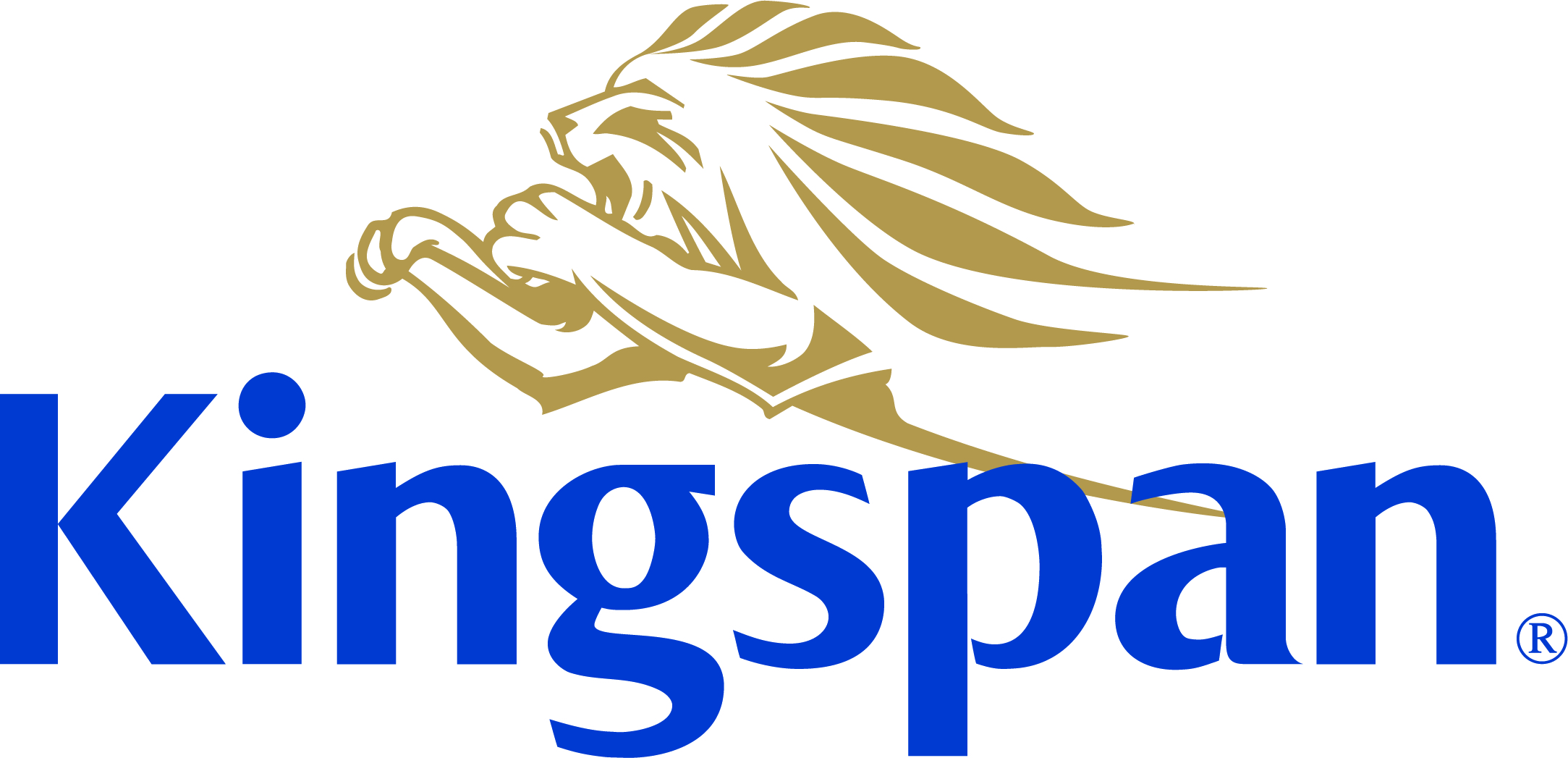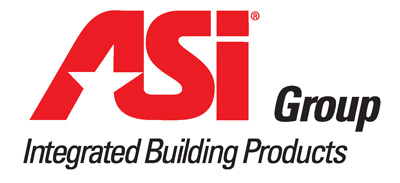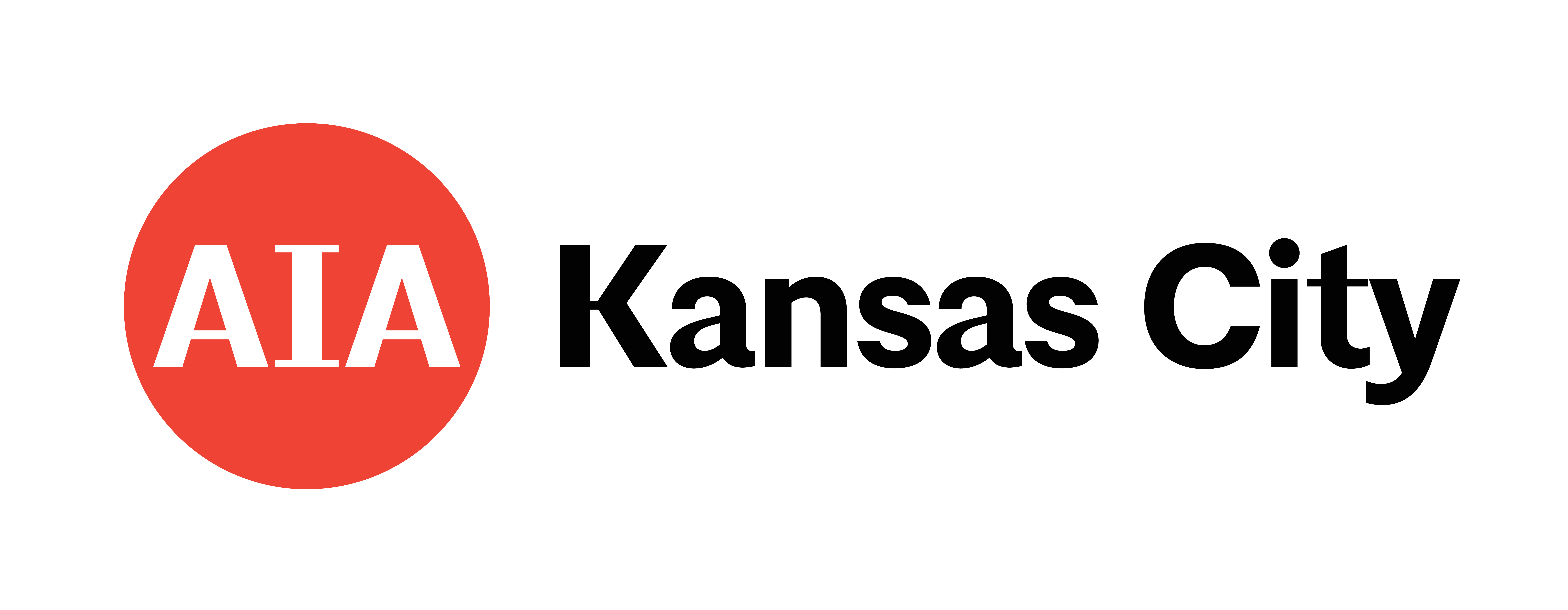Rethinking Flexibility
Learning Objectives:
- Discuss how modernist design approaches have resulted in less flexible design that decreases the occupant experience.
- Describe how discrete approaches to program requirements can result in greater flexibility in performing arts buildings.
- Look at new technologies that make flexible design approaches more easily achievable.
- Address acoustical issues in buildings with multiple and varied acoustical requirements.
Credits:
This course is approved as a Structured Course
This course can be self-reported to the AANB, as per their CE Guidelines
Approved for structured learning
Approved for Core Learning
This course can be self-reported to the NLAA
Course may qualify for Learning Hours with NWTAA
Course eligible for OAA Learning Hours
This course is approved as a core course
This course can be self-reported for Learning Units to the Architectural Institute of British Columbia
Contemporary design problems such as restrained budgets have combined with a design approach influenced by Modernist architecture ideas of flexibility that has put handcuffs on the designer. The result is sterile blank slate that is meant to support any human activity. Joshua Ramus argues that taking a tailored specificity approach to design work can result in greater flexibility and meets contemporary design issues including improved resiliency, sustainability, and enriched occupant experience.


|
Joshua Ramus is founding principal of REX, an internationally acclaimed architecture and design firm based in New York City. Believing architecture should actively empower its users and communities—not simply be a representational art—REX challenges and advances building paradigms and promotes the agency of architecture. REX aspires to produce inventive designs so functionally specific that they offer inspiring aesthetic experiences. |






























